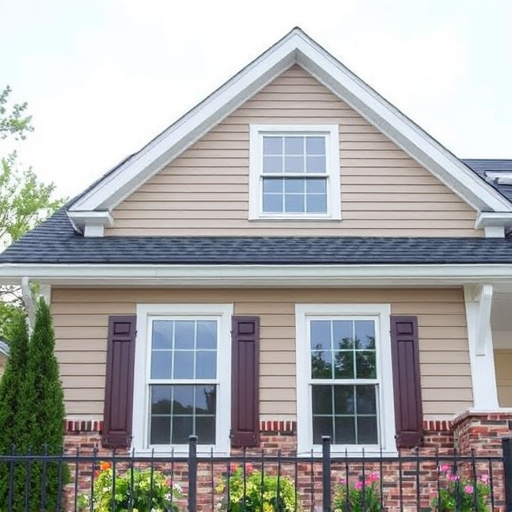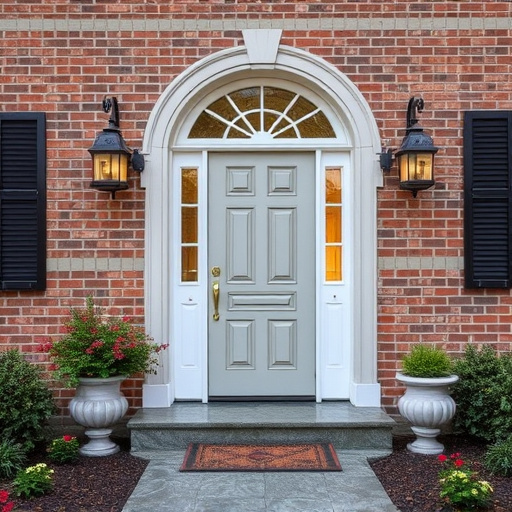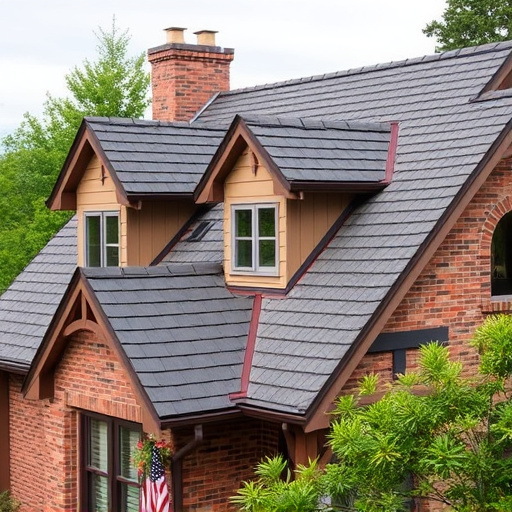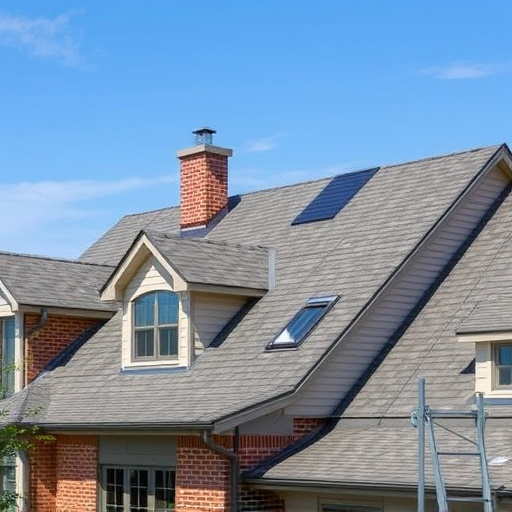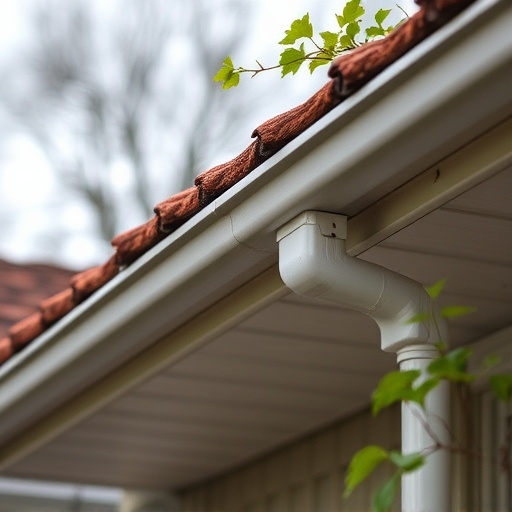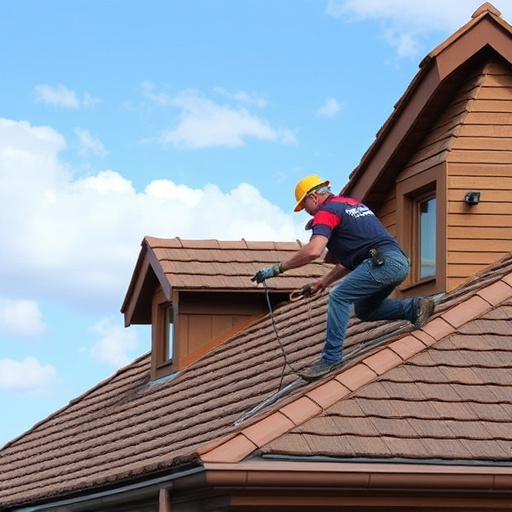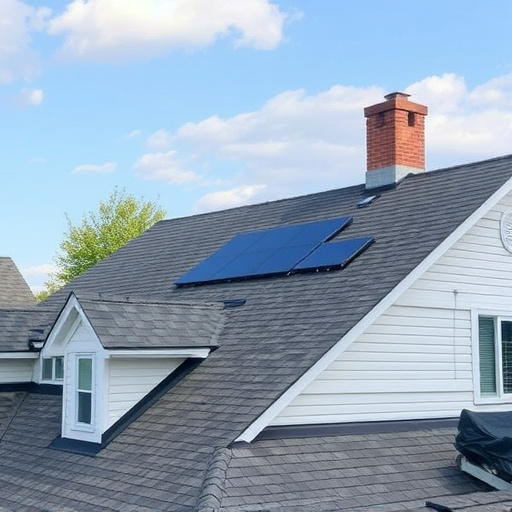Securing proper permits, understanding local regulations, and adhering to safety standards are vital for successful siding services. Building, zoning, historical preservation, and heritage permits vary by region, impacting material choices, structural integrity, insulation, and energy efficiency. Compliance avoids fines, maintains relations, and ensures safe, code-compliant work, especially when combining siding with roofing services. Safety training and advanced technologies enhance service quality within the siding industry.
Understanding permits and regulations for siding services is crucial for both homeowners and contractors. This guide delves into the essential aspects of navigating these requirements, ensuring compliance with local zoning laws and safety standards. From the types of permits needed for installation to compliance measures, this article equips you with knowledge critical for successful and legal siding projects. Learn how to avoid delays and penalties while enhancing your home’s exterior.
- Types of Permits Required for Siding Installation
- Local Regulations and Zoning Laws for Siding Services
- Compliance and Safety Standards in Siding Services Industry
Types of Permits Required for Siding Installation
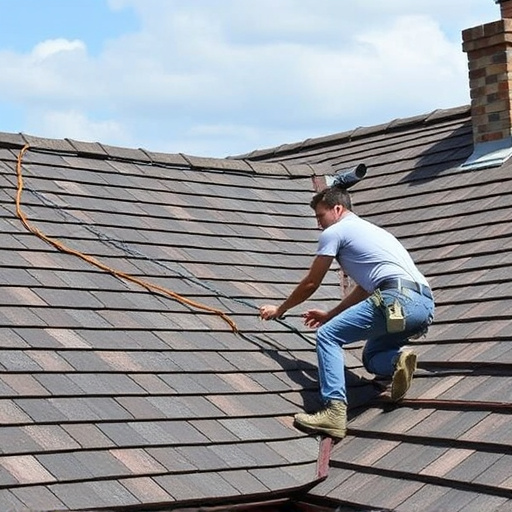
When offering siding services, understanding the types of permits required is an essential step in ensuring a smooth project execution and avoiding legal complications. The specific permits needed can vary based on your location and the scale of the project. Typically, a building permit is necessary for exterior home improvements like siding installation, as it ensures that construction adheres to local building codes and safety standards. This permit process involves submitting detailed plans and specifications of the work to be done, along with any relevant fees.
In addition to building permits, there might be other permits required depending on your region. For instance, zoning permits may be necessary to verify that the proposed siding work complies with local zoning regulations, especially in areas where specific design or material restrictions apply. Some communities also have historical preservation or heritage district guidelines that could impact exterior home improvements. Home service solutions providers should stay informed about these regulations to avoid delays and ensure their projects meet all necessary criteria for a successful siding installation.
Local Regulations and Zoning Laws for Siding Services

Before diving into providing siding services, it’s crucial to understand local regulations and zoning laws that govern construction projects within specific areas. These rules vary widely from one municipality to another, dictating everything from the types of materials allowed to the permitted colors and styles for exterior cladding. For instance, some cities may have strict guidelines on historical building preservation, limiting the types of siding suitable for older structures.
Understanding these local regulations is essential for ensuring compliance, avoiding costly fines, and maintaining good relationships with clients and neighbors. Professional siding contractors should also be aware of building codes related to structural integrity, insulation requirements, and energy efficiency standards. Additionally, roofing services that often accompany siding projects must adhere to separate regulations regarding material choices, ventilation, and safety measures, especially for roof replacement scenarios.
Compliance and Safety Standards in Siding Services Industry
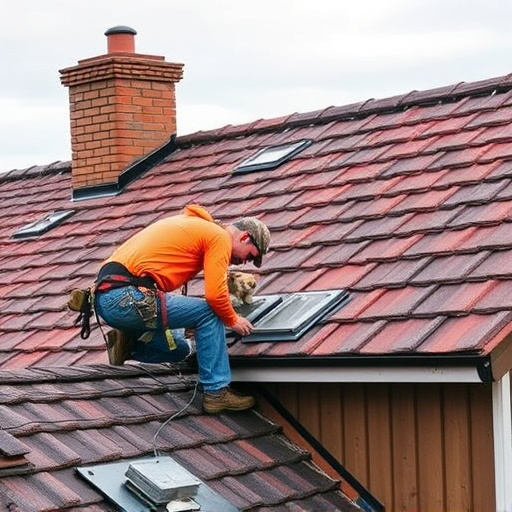
In the siding services industry, compliance with safety standards is paramount to ensure both worker protection and the quality of the final product. Contractors specializing in roofing and siding must adhere to strict guidelines set forth by regulatory bodies. These include proper use of personal protective equipment (PPE), safe handling of materials, and adherence to building codes and permits for every project. Failure to meet these standards can lead to serious accidents, structural damage, and legal repercussions.
Regular training sessions on safety protocols, especially for high-risk tasks like working at heights or operating heavy machinery, are crucial. Additionally, staying updated with industry best practices and incorporating advanced technologies that enhance both efficiency and safety in roofing and siding projects is becoming increasingly important. This not only ensures compliance but also provides superior service to clients, fostering a reputation for excellence within the siding services sector.
Understanding permits, regulations, and compliance standards is essential when offering siding services. By navigating local zoning laws, adhering to safety guidelines, and obtaining necessary permits, professionals in the siding industry can ensure their work meets regulatory requirements and provides high-quality, durable solutions for homeowners. This knowledge equips contractors to deliver top-notch service while avoiding legal pitfalls.

